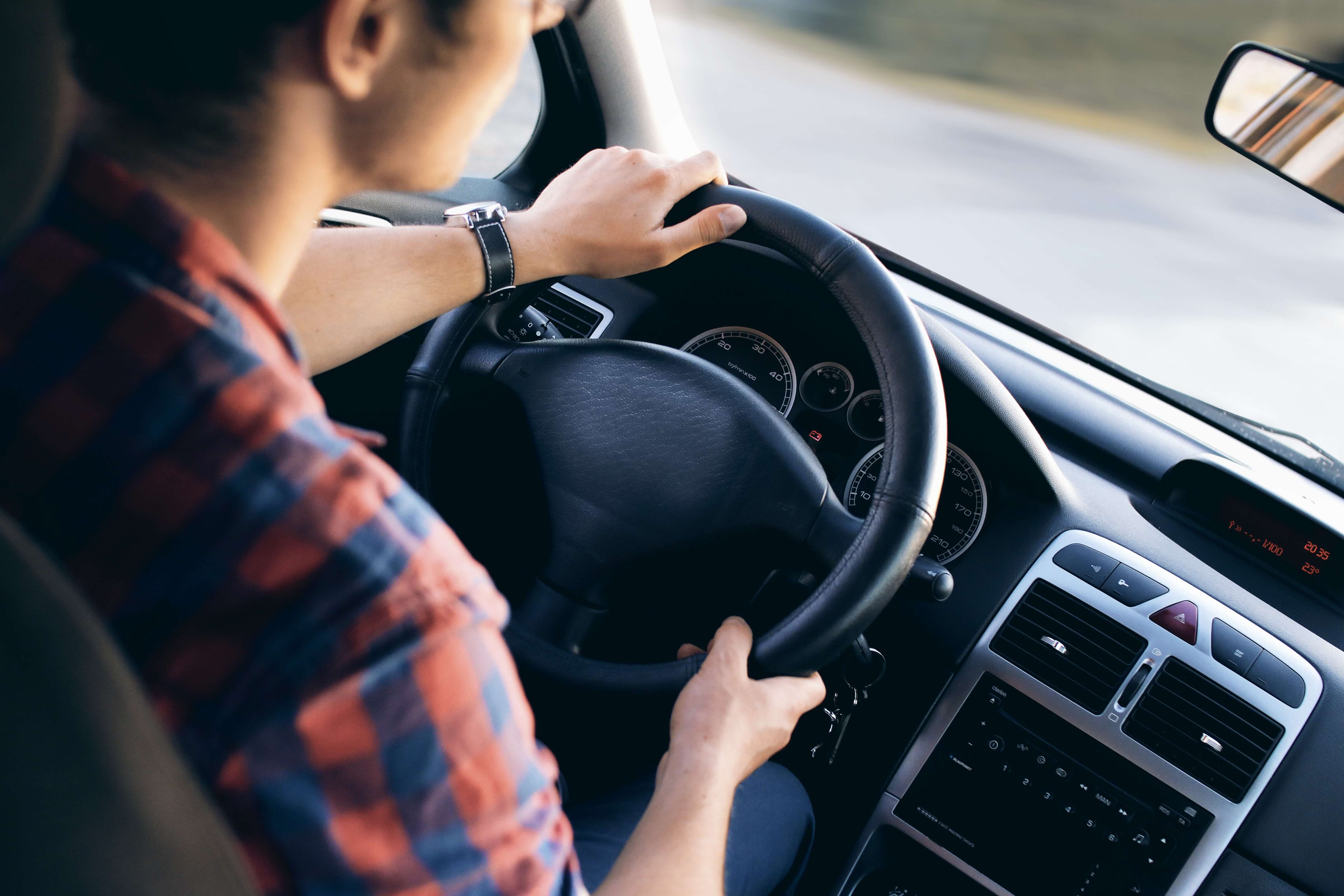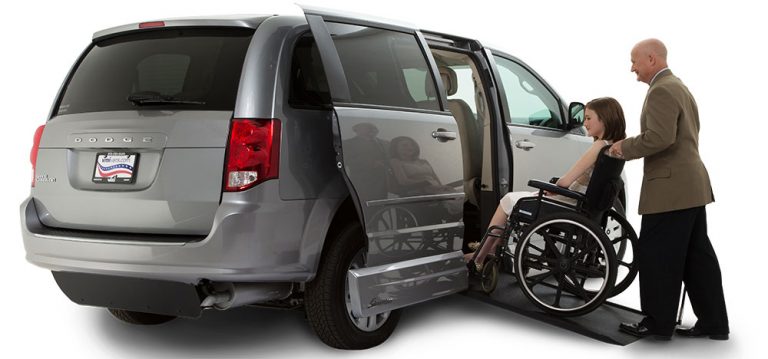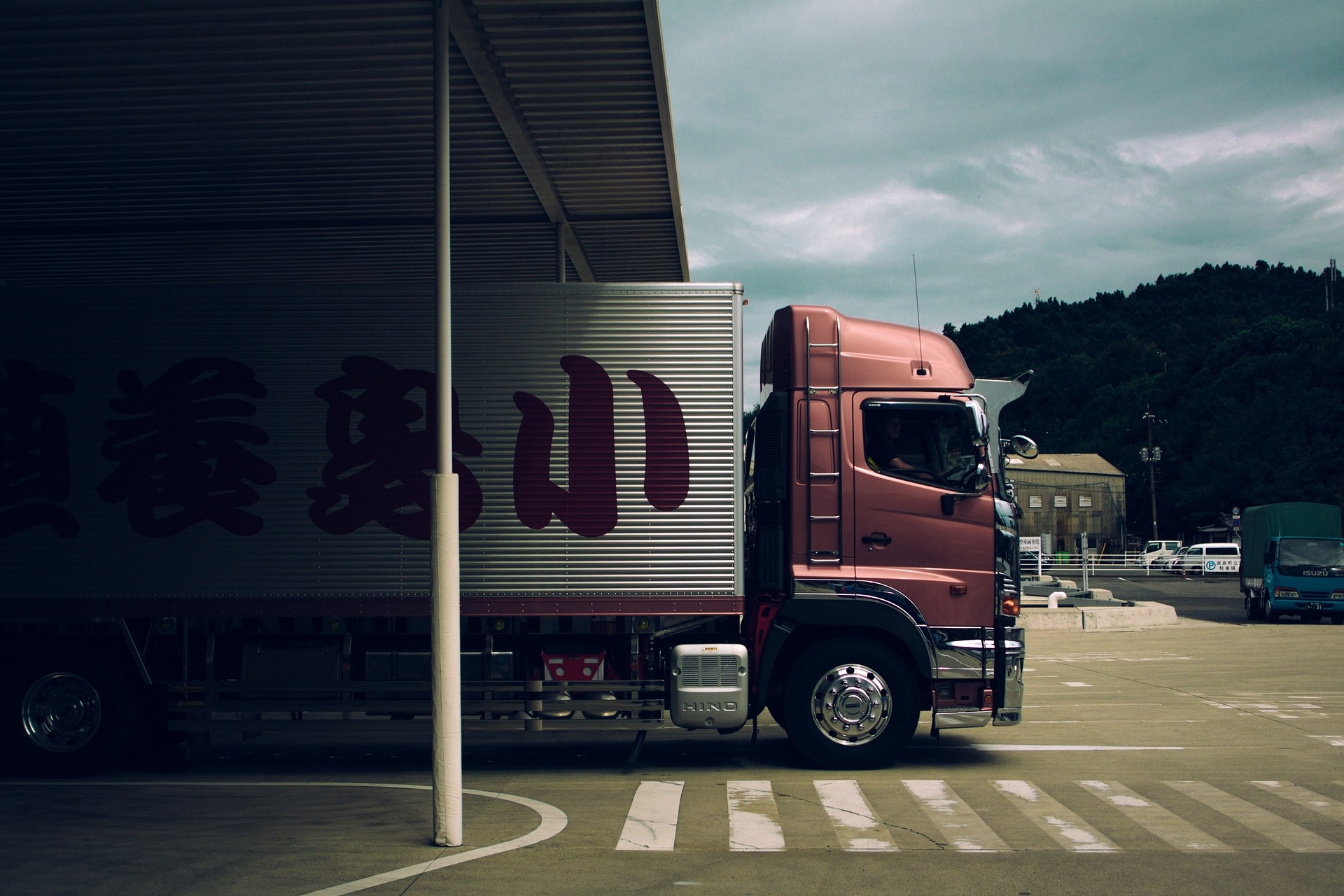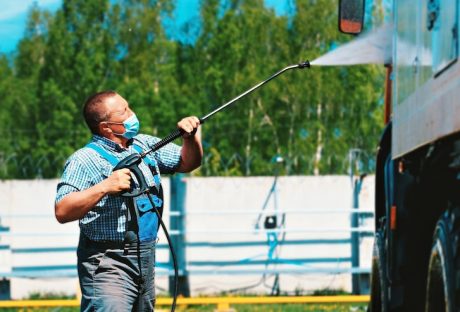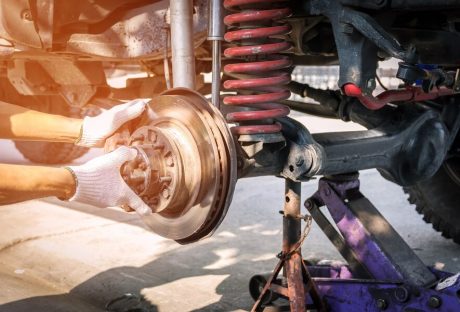Every professional driver operating a bus, lorry, or a coach needs to get a driver CPC certification. The certification contains standards followed during driver training as well as continuing education for career professionals. The purpose of requiring drivers to undergo this certification is to ensure proficiency and competency on the job.
What is the Primary training of drivers for CPC certification?
CPC stands for Certificate of Professional Competence and to all domains of you can apply it. All professional drivers who fall in the category of C or D license. If you are a new driver and live in Sheffield, and this is your first time to undergo CPC certification, you’ll need to find a course for Driver CPC in Sheffield providing initial training. The instruction includes sufficient preparation for testing theories and applying practical skills. If you don’t go through the initial qualification process, you won’t be able to proceed to obtain a commercial driver’s licence.
Who is required to take periodic training?
Once a driver completes initial CPC training, a card is presented confirming that all legal requirements were met. This card is valid for the next five years. Once the card is about to expire on its fifth year of validity, drivers have to undergo periodic training to renew certification. Periodic training is necessary for maintaining competency and development. Each recurrent training consists of 35 hours in the classroom administered by accredited training providers.
Training providers typically customise the programmes to meet the needs of their clients. Some clients may require their drivers to have training on emergency procedures for road safety, while there are others that may require additional training on how to handle volatile products like petroleum.
Who needs a driver CPC certification?
The critical identifier that a driver CPC certification is necessary is when a driver is a professional driver. But there are some exceptions which typically involve non-professional drivers. Those who drive the following types of vehicles for a living need CPC certification:
- Heavy equipment used in construction
- Buses operating on local and regional routes
- Coaches
- Tipper trucks
- Bin lorries
- Articulated lorries
Aside from the drivers, operators also need to obtain CPC certification. But the training for operators is different from that of drivers.
Exceptions to CPC certification:
The law has built-in guidelines on who is exempt from taking CPC certification. There are professional drivers and non-professional drivers who may be exempt according to these guidelines. Professional drivers exempt from obtaining a CPC certification are:
- Professional drivers driving vehicles in the armed forces, police, fire service, and civil defence.
- Professional bus drivers who don’t receive compensation for their service and the vehicle has less than 19 seating capacity.
- You are driving a qualified vehicle, but only doing so for personal purposes.
- Vehicles driven for rescue or emergency operations.
These are only a few of the exemptions in the list of those required to get a CPC certification. It is essential that you review the complete list and guidelines to know if your driving activity will also need a driver CPC certification.
Read Also:













